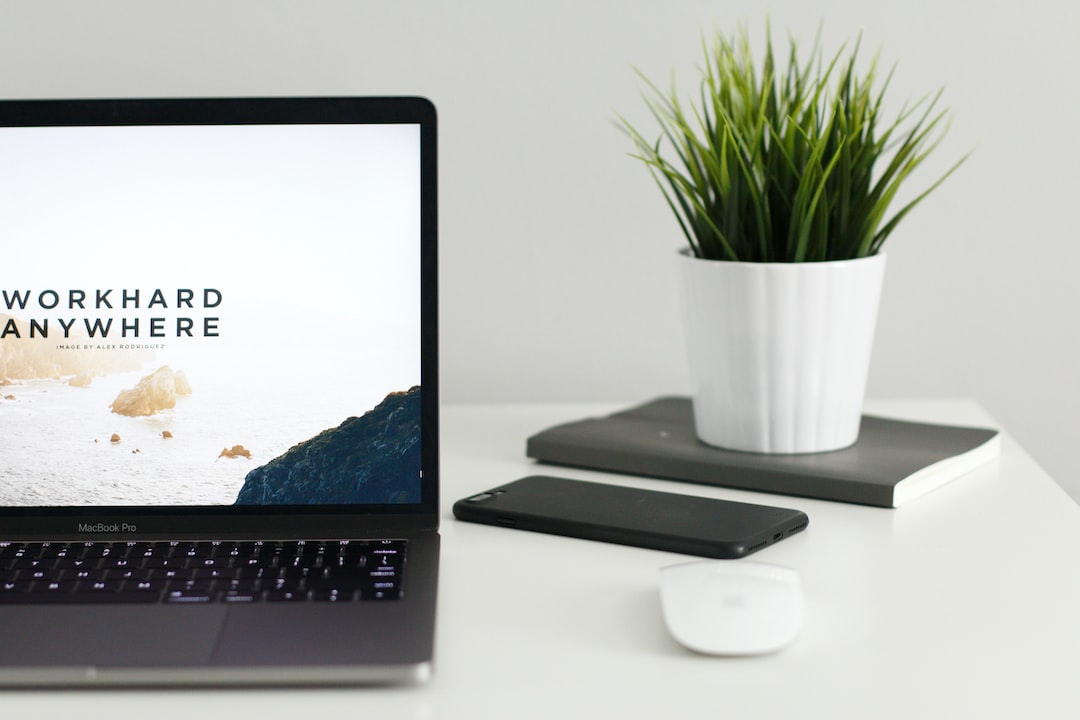The Influence of Scandinavian Design in Modern Interiors
Scandinavian design has made a significant impact on the world of interior design, capturing the hearts of design enthusiasts across the globe. With its clean lines, simplicity, and focus on functionality, Scandinavian design effortlessly infuses modern interiors with a sense of warmth and serenity. This design aesthetic, originating from the Nordic countries of Denmark, Sweden, Norway, Finland, and Iceland, has become a prominent style choice for homeowners who seek a minimalist yet cozy living space.
At the heart of Scandinavian design is the concept of hygge, a Danish term that encompasses a feeling of coziness, contentment, and well-being. This concept heavily influences the choice of furniture, materials, and color palette used in Scandinavian interiors. Light, neutral colors such as whites, grays, and pastels are often chosen to create an airy and calming atmosphere. These colors, combined with natural materials like wood and stone, contribute to a sense of harmony and tranquility.
Scandinavian furniture design is renowned for its simplicity and functionality. Clean lines and minimalistic forms are favored, allowing the beauty of the materials and craftsmanship to take center stage. Functionality is key in Scandinavian design, with furniture often serving multiple purposes. For example, a table might also function as a storage unit, or a sofa could have built-in shelves. The aim is to create a space that is both beautiful and practical, where every piece serves a purpose.
In Scandinavian design, natural light is highly regarded as it enhances the overall atmosphere of a space. Large windows and skylights are commonly used to maximize the amount of natural light that enters the room. Additionally, light-colored walls and reflective surfaces like mirrors and glass are strategically placed to bounce light around the room, creating a sense of openness and brightness.
Scandinavian interiors are also characterized by the presence of greenery. The natural elements, in the form of plants and flowers, play a significant role in creating a welcoming and lively ambiance. These touches of nature bring life to the minimalist design, adding warmth and color to the space. Plants like fiddle-leaf fig, snake plant, and peace lily are popular choices in Scandinavian interiors, as they require minimal maintenance and thrive under low-light conditions.
The influence of Scandinavian design can be seen not only in residential interiors but also in commercial spaces. Many modern offices and retail stores are adopting the Scandinavian aesthetic, recognizing its ability to create a clean, organized, and inviting environment. The simplicity of the design promotes focus and productivity, while the use of natural materials and greenery can enhance employee well-being and happiness.
Another notable feature of Scandinavian design is its emphasis on sustainability and eco-friendliness. The Nordic countries have a long-standing commitment to environmental preservation, and this philosophy is deeply ingrained in their design practices. Sustainable materials, such as reclaimed wood and recycled plastic, are often used in Scandinavian interiors. Energy-efficient lighting and appliances are also commonly incorporated to reduce environmental impact.
In conclusion, Scandinavian design has left an indelible mark on modern interiors worldwide. Its timeless appeal and focus on simplicity, functionality, and hygge have made it a popular choice for those seeking to create a cozy and inviting living space. By incorporating natural materials, light colors, and elements of nature, Scandinavian design brings a sense of serenity and warmth to any interior. Whether it is a residential space or a commercial establishment, the influence of Scandinavian design continues to shape the way we approach interior design today.

